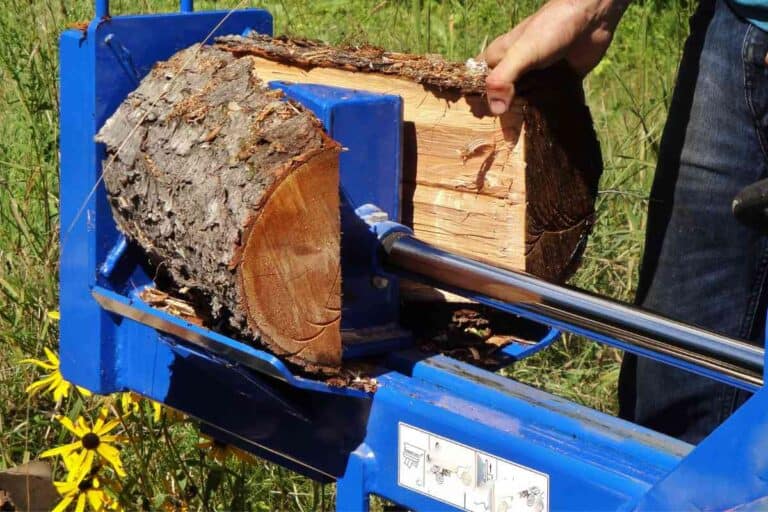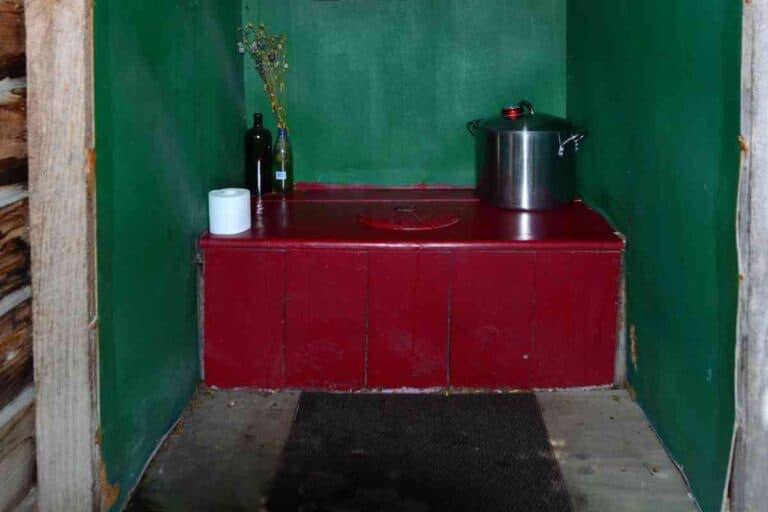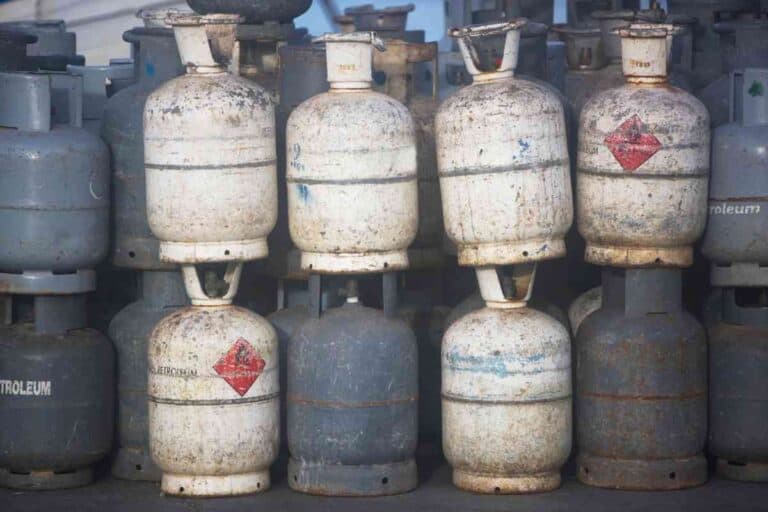Is Cedar Wood Good For Firewood? (Avoid This Mistake!)
When it comes to the cedar tree, the majority of people associate the tree with its sweet aroma. So, is cedar good for firewood?
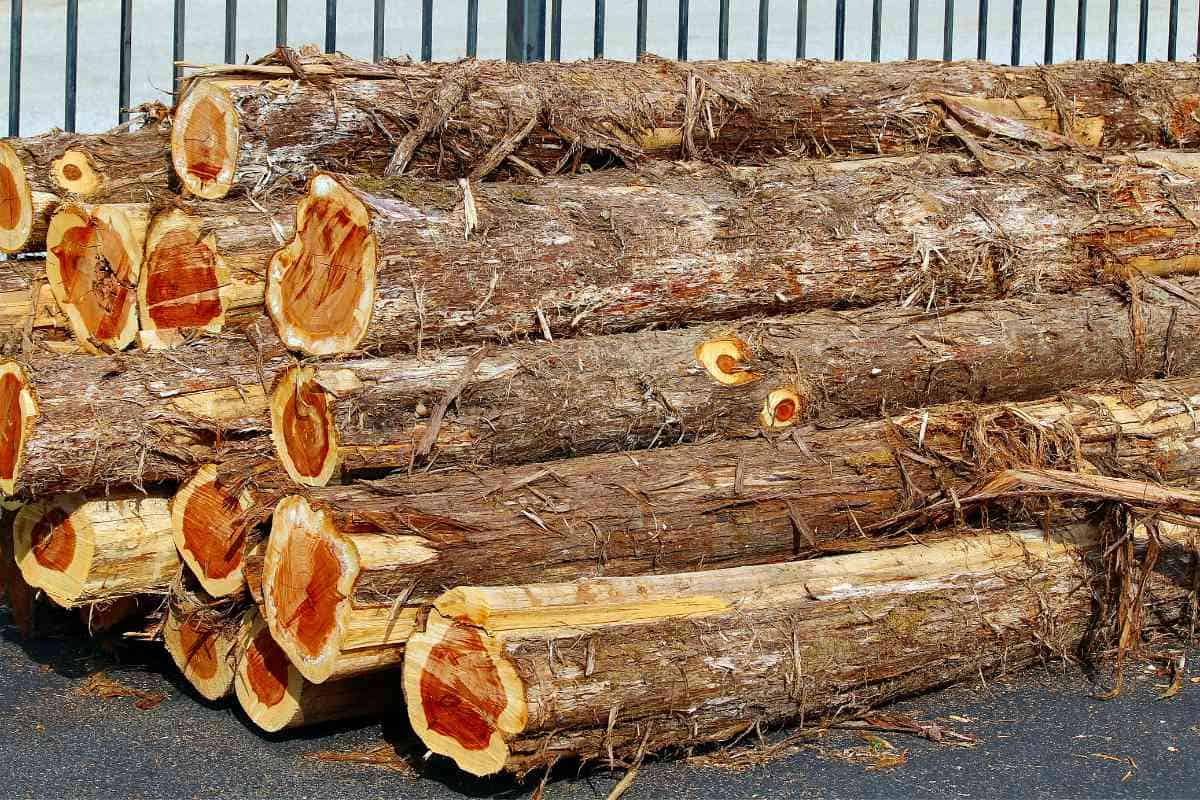
Can You Use Cedar For Firewood?
Cedar makes great kindling firewood since it splits readily, burns fiercely, and has a pleasant fragrance. Additionally, cedar produces sparks due to the presence of natural oil, making it highly combustible. However, you will need to add another hardwood to create a long-lasting fire.
One of the best experiences is the ability to have a decent fireplace. It gives you an opportunity to be warm, pass time in a creative way, and bond with family members and friends.
In order to have a decent fire, you must pick the right type of wood. This will ensure that you get an optimal fireplace experience.
Additionally, it’s also not good practice to burn more wood than necessary. Therefore, it is crucial to use the proper kind of wood while burning in your fireplace because the wood will determine how efficient the fire is, chimney maintenance, and your family’s safety.
I have been interested in learning about the cedar tree, its various species and what it is used for. After conducting thorough research, I found out that most individuals majorly use cedar trees for tapping their sap and construction of furniture.
When it comes to using cedar wood as a firewood source, only a few people were using it.
Therefore, I conducted some assessments and used seasoned cedar wood in an open fireplace.
The results were remarkable and efficient regarding its heat output, smoke emission, ease of lighting, and odor production.
Does Burning Cedar Create Creosote?
When burning cedar firewood, you need to be cautious of creosote buildup. Creosote will accumulate more quickly in this wood than in other woods because of its high oil and resin content.
Burning Cedar that is unseasoned will also lead to the formation of creosote that will build up in your chimney. Therefore, if you burn cedar firewood frequently, ensure that you clean your chimney once a year.
By doing this, creosote deposits will accumulate in small quantities, thereby reducing the risk of creating fire.
What Wood should not be used for firewood?
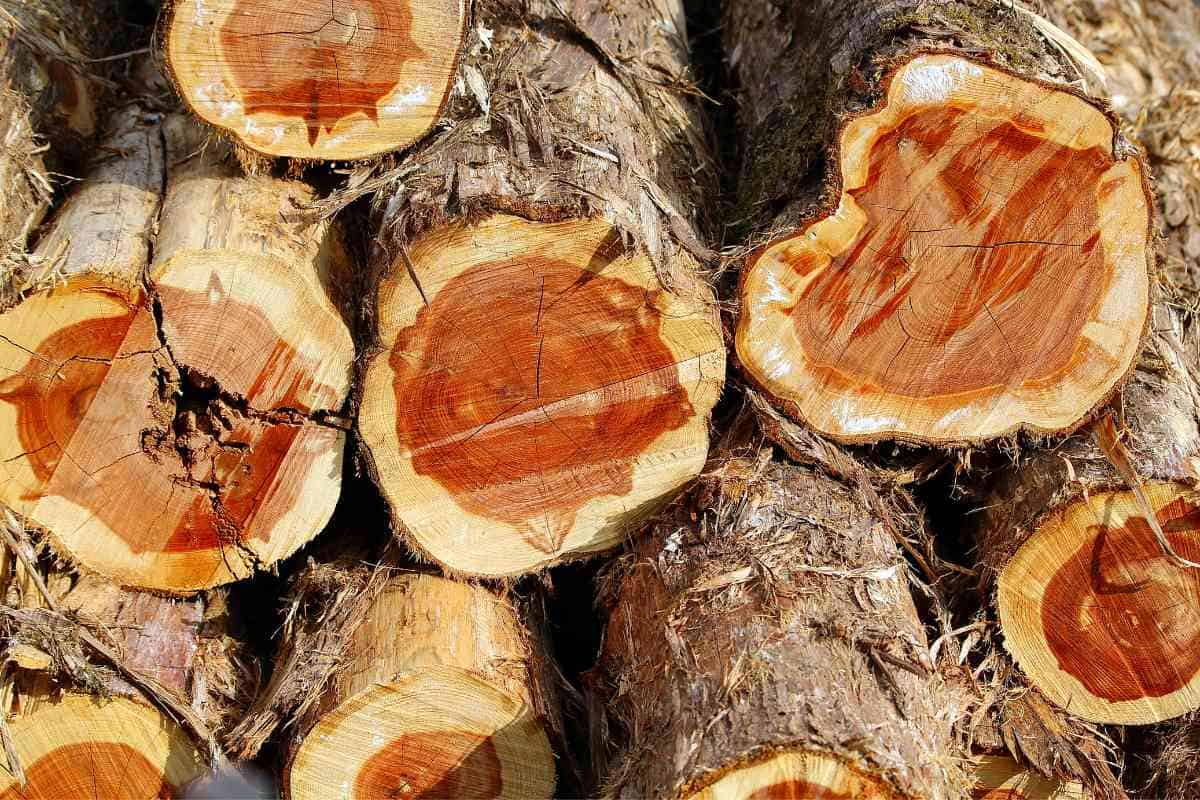
Even though firewood is one of the most efficient and economical fuels, some trees are not suitable for burning because they are either toxic, produce a lot of smoke, or need to be more efficient. Some authorities would have specific rules that limit the use of firewood in their area of jurisdiction.
This is usually done in order to protect the environment. The following are some of the trees that are not efficient to use as firewood:
Unseasoned or Green wood
Green wood does not create the ideal firewood for a fireplace; only seasoned wood does. Green wood still contains sap that will need a lot of heat energy to evaporate while burning.
As a result, when green wood is burned in a fireplace, a substantial amount of creosote and smoke will often accumulate in the chimney.
Typically, creosote will be produced in small amounts by all types of firewood, but when it comes to green wood, they will yield the most.
Therefore, you should avoid burning green wood at your fireplace as it could have negative impacts on your home.
Endangered Tree Species
Some trees are in danger of extinction, similar to some wild animals and birds in our environment.
Due to logging and a lack of fire, some tree species populations are declining. Some trees, such as the longleaf pine, require a forest fire for their seeds to sprout.
Other trees, such as red oak, are vulnerable to fungus infestations that spread via the root grafts of trees and different overland routes.
Therefore, it is ideal for preserving endangered tree species to prevent them from becoming extinct.
As a responsible person, think about the implications of your consumer behavior.
Non-local wood
Make sure that you purchase local wood when buying firewood. If the wood originates anywhere greater than a few kilometers away, always ask the dealer where he obtained it before buying it.
It is because some of the woods may contain pests and insects such as the Emerald Borer, which decimated the local ash trees’ population.
It is particularly crucial if you reside in an area where an invasive wood pest, such as the emerald borer, the long-horned beetle, and the gold-spotted borer, can cause devastation.
Even though these pests slowly move on their own, with our assistance, they can endanger newly planted forests or trees in our compounds.
Therefore, purchasing non-local wood, stacking it, and maintaining it on your premises can provide pests with the ideal environment to harm other trees.
So, Can you use cedar wood for firewood?
As we had outlined earlier, cedar wood is ideal for firewood as a kindler material rather than majorly as firewood.
It is easy to light, splits easily and produces a unique scent needs to make it more efficient, but that notwithstanding, it is advisable to combine cedar wood with another efficient firewood.
Is Cedar good for Fire Pits?
Cedar tends to spit and shoot sparks whenever it burns compared to other species of wood. It is because cedar wood has a high moisture level regarding both natural oils and water.
The flying sparks caused by the oil can cause the popping of fire sparks which poses a fire threat in the fire pit.
Additionally, unseasoned Cedar burns more slowly than cured Cedar. As a result, it causes the wood oils to escape unburned and deposit themselves inside the chimney, increasing the risk of fire.
Related Reading
- Can I Burn Railroad Ties? Why Not?
- Is Pin Oak Good For Firewood?
- How Long Does It Take To Season Oak Before You Can Burn It?
- The Ultimate Guide to Firewood: Types, Preparation, and Storage
- Using Hackberry For Firewood (The Right Way!)
- Drying Firewood? Read Our Ultimate Guide And Save Time!
- Tips For Using Poplar Wood For Firewood
- Is Chinese Elm Good Firewood?
- Using Pine For Firewood
- Is Water Oak Good for Firewood?
- Is Cedar Wood Good For Firewood? (Avoid This Mistake!)
- How Much Land Do I Need to Grow Firewood?
- Is Orange Tree Wood Good Firewood?
- Using Sycamore As Firewood? Consider This First!
- Is Silver Maple Good For Firewood? Answered!
- Why Is My Firewood Burning Blue And Green? Should I Worry?
Key Takeaways
- Cedarwood performs effectively and efficiently as kindling material
- It is not advisable to use unseasoned cedar wood with high moisture content because it may spit fire sparks
- Cedarwood creates a significant amount of creosote, especially if it is unseasoned
- Cedar wood is easy to light and split, and therefore, it is an ideal source of firewood


